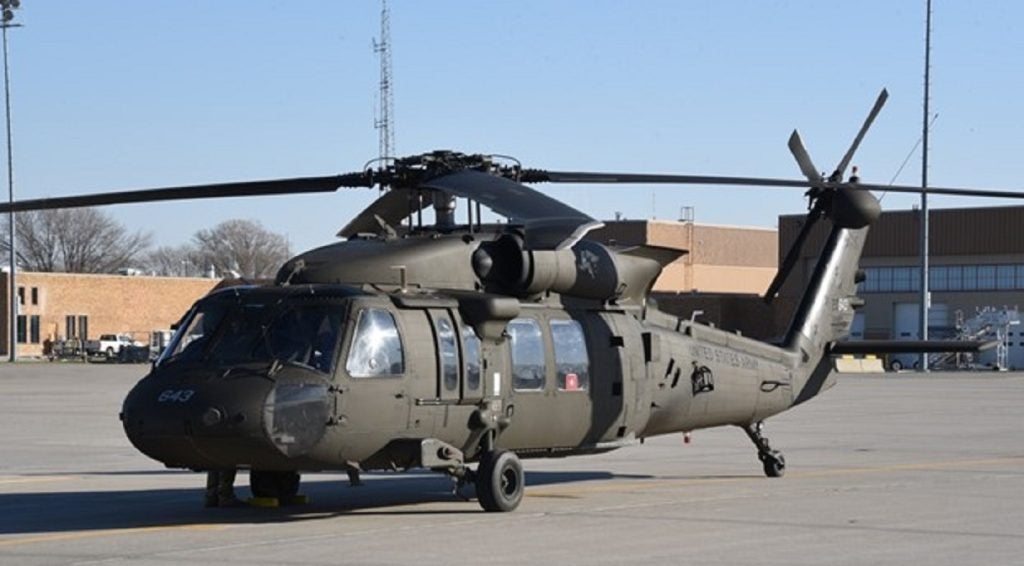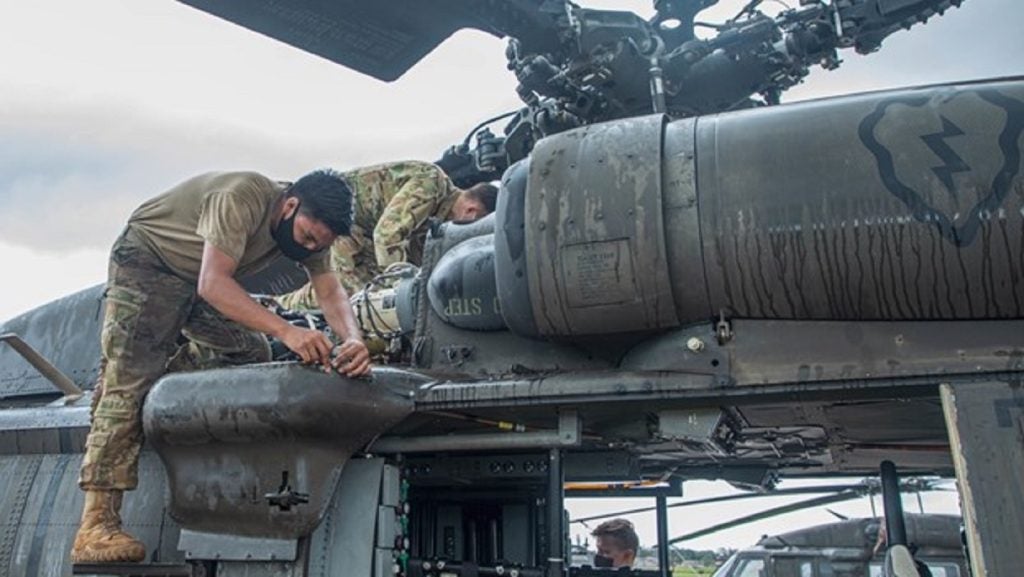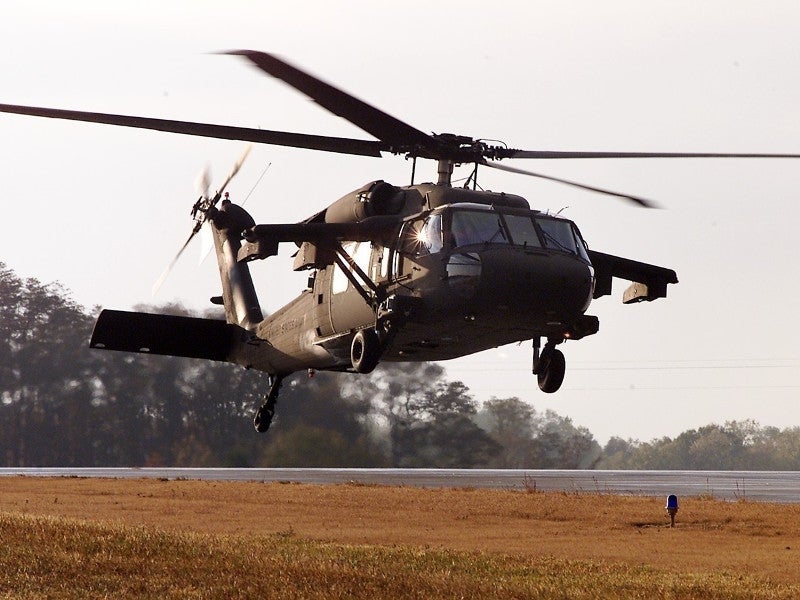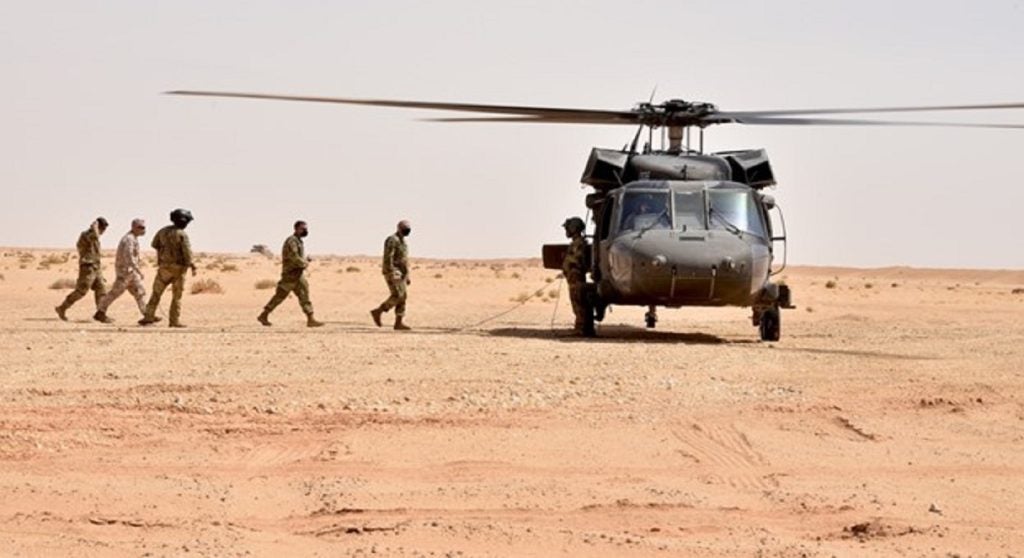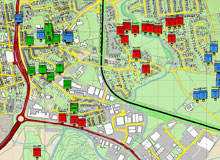
Being able to formulate a plan, visualise its possible outcomes and rework ideas is vital to achieving successful outcomes in the battlefield. This planning – under the umbrella term of wargaming – forms much of the training given to the soldiers in today’s British Army.
One method of this is course of action (COA) wargaming where risks and issues are identified to help form a plan that can then be subjected to systematic analysis. This training can mean the difference between life and death when put into practice, but it is still largely met with confusion and the technology that supports it is fundamentally underused.
COA wargaming: misunderstood and misapplied
Military adviser for NSC, a software systems provider and consultancy, Graham Longley-Brown who served full-time for 16 years and now continues to work in the Territorial Army, says although the advantages are clear, knowledge about this form of decision support technique varies widely.
“Although COA wargaming has been mandated since the 1990s it remains misunderstood and therefore frequently misapplied. Because of that people seldom realise the massive benefits it can deliver and often discard it,” he says.
See Also:
COA wargaming is designed to be carried out during the plan refinement stage of any battle preparation, under significant time pressure and should take into account friendly and enemy forces, terrain considerations and consequences to civilians. The red cell will play to win – testing the blue cell’s defence or attack strategy to the limit, exposing all possible risks.
How well do you really know your competitors?
Access the most comprehensive Company Profiles on the market, powered by GlobalData. Save hours of research. Gain competitive edge.

Thank you!
Your download email will arrive shortly
Not ready to buy yet? Download a free sample
We are confident about the unique quality of our Company Profiles. However, we want you to make the most beneficial decision for your business, so we offer a free sample that you can download by submitting the below form
By GlobalDataBy playing out specific elements of an operation the blue cell will learn to formulate, react and counteract to the red enemy cell’s strategy, which should only become apparent as the game unfolds. One British Army officer undertaking training at the Major level told army-technology.com on the sidelines of their course: “COA wargaming does work, but only when it is understood and time and education pressures can be overcome. I have seen it done horrendously before but I have also seen it
used very effectively for operations in Iraq, especially when we have been doing very complex manoeuvres.”
The application of scientific and mathematical models can then be applied to conduct operational analysis and force ratio risk levels can be worked out using a ‘combat calculator’. This ratio represents the probability that the outcome will be successful. It is generally accepted that a ratio of 3:1 should be achieved before going ahead with the strategy – this represents about a 70% chance of success.
Traditionally the training has been carried out using maps and labels but constructive simulation is also now being adopted in training bases throughout the UK and most notably at the staff college in Shrivenham. This not only allows the players to conceptualise their actions but also forms a useful recording from which further training and revised plans can be formed.
NSC director of business development Graham McIntyre says that capturing the battle space in a simulated environment can teach people to consider the varying outcomes from many angles, and allows instructors to see whether students have taken the tactical aspects of their teaching on board.
“These tools are Windows-based. We make a detailed model of an area that the customer has an interest in and using the tools together cansimulate a battlefield up to brigade level,” McIntrye says. “Elements of this capability are used in predeployment training before soldiers go to Iraq or Afghanistan.
“The most important thing is to have checks and balances to make sure these synthetic tools deliver effective training.”
Wider adoption, reducing confusion
At theatre-level NSC has developed a system called the ‘joint operations command and staff training system’ supporting the UK joint services command and staff college. For brigade to company level, its CONTACT range of tools is also used by the British Army. In addition, it has developed the UK’s first major in-service training system using commercial games technology Op JCOVE.
“There is a huge investment in commercial games technology that has produced some very good three-dimensional synthetic environments. If you can use that technology to do real training then you should and that’s where we come in. That is the coreof thevirtual environment technology but we have worked with the customer and created the scenarios to produce effective training,” says McIntrye. Similar technology is used around the world and in particular in the US where the army has developed
its own systems, which are then distributed to other Nato forces.
As well as playing out possible outcomes, visualising an operation can also help determine other factors such as the number of units needed and the amount of ammunition they will need with them. “COA wargaming must consider more than just the friendly and enemy forces to include anything that could introduce friction into your plan,” says Longley-Brown.
He says COA wargaming is not a ‘black art’ but when used properly can prove to be one of the most powerful techniques in the whole decision-making process. A second army officer taking part in the Major training course agrees. “It really is useful because you can talk about a plan but when it is put into reality it does not work how it should at all.”
For the aims and purpose of COA wargaming to be clear, the difference between this form of training and a mission rehearsal need to be fully understood.
COA wargaming is used during the forming of a plan and play is open to change through reaction and counteraction by all players. After operational analysis it will help determine a final strategy.
This technique should be based around the worst case scenario of what the enemy may achieve while a mission rehearsal is a practice of manoeuvres based on what is considered to be the most likely moves by the enemy.
Developing military judgement to make fast decisions when under pressure is crucial to the progression of individual officers and ultimately the success of army endeavours. COA wargaming offers the chance for these decision-making skills to be practised and improved. An earlier resistance to the technology that can work alongside manual mapping of the scenario is now being overcome but for it to become widely adopted a realisation of the advantages it can bring will need to be more widely realised.



